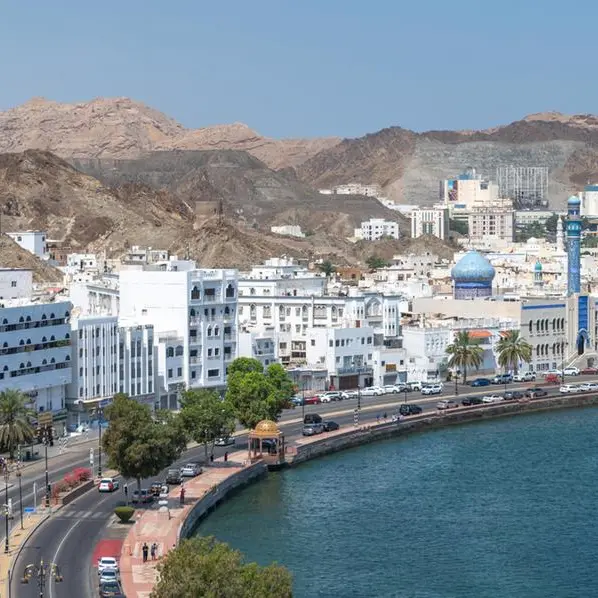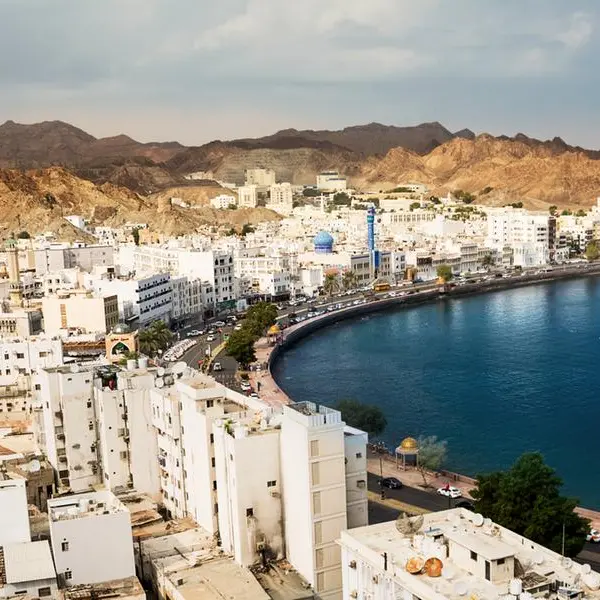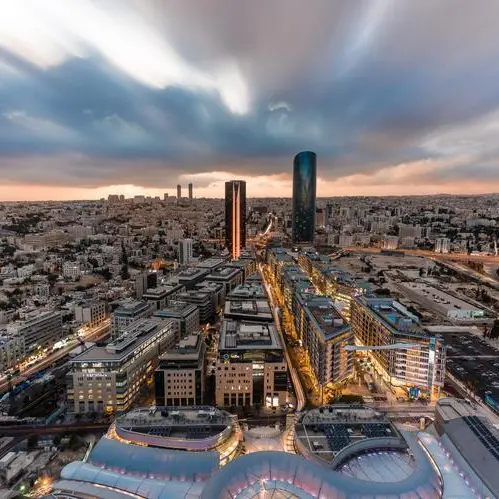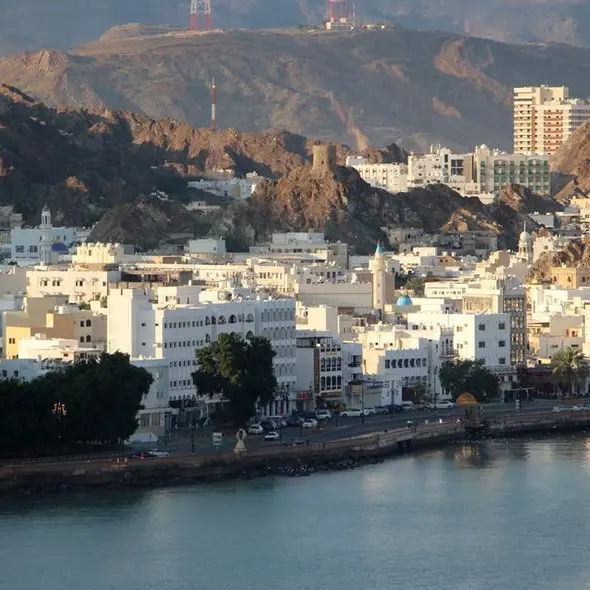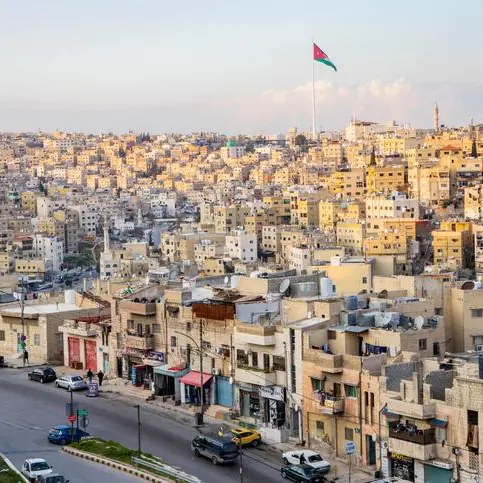CYRENE, Libya - Graffiti covers the walls of a Greek amphitheatre in Cyrene, an ancient ruined city in eastern Libya now struggling with neglect, vandals and illegal confiscation of land by locals.
The deserted souvenir shops and cafes on the mountainous road leading to the 2,600-year-old site are the only reminder that this used to be a major tourist destination.
Looting has hit Libya's archaeological sites since the overthrow of Muammar Gaddafi in 2011, when the country descended into turmoil with rival administrations competing for control.
Cyrene is one of five of UNESCO’s World Heritage sites in the North African country listed for their outstanding value. Others include the ruins of the Roman city of Leptis Magna, and Sabratha, both in western Libya.
Apart from Cyrene, some 200 km (124 miles) east of Benghazi, the east of the country has the Apollonia site just 20 km away.
With tourists gone and the antiquities department complaining about budget shortages, vandals have smeared graffiti on columns and looted artefacts.
Some treasures such as heads or entire torsos of statues listed in guidebooks issued in 2011 are no longer there.
"Many artefects have been smuggled abroad," said Ahmad Hussein, the head of the antiquities department of a parallel administration in charge of eastern Libya.
Unable to prevent theft, his department has been registering artefacts, a process which has helped to recover some in Europe, he said.
There was better site protection before 2011, but excavation at the site in fact dates back to Italian rule -- the colonialists' equipment can still be seen. The last Italians left the east in 1943 following their military defeat when the region came under British administration.
"There has been a lot of destruction in recent years," said Ismail Miftah, a farmer living next to Cyrene. "Ordinary people don't appreciate the ancient heritage."
(Editing by William Maclean) ((mailto:Ulf.Laessing@thomsonreuters.com; Reuters Messaging: follow me on twitter @ulflaessing))

